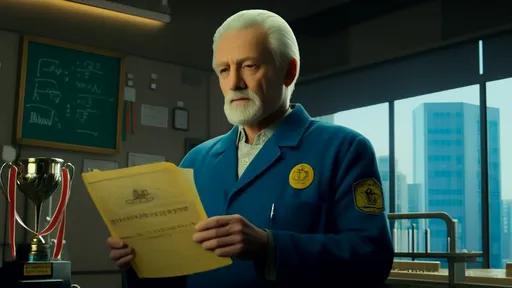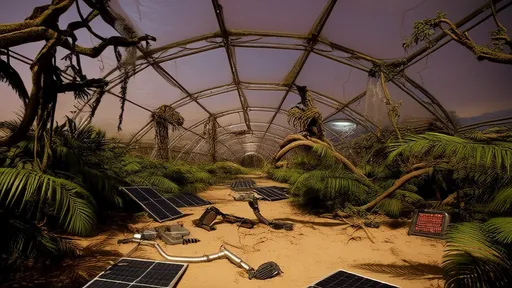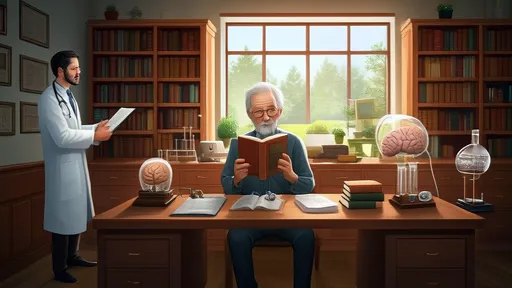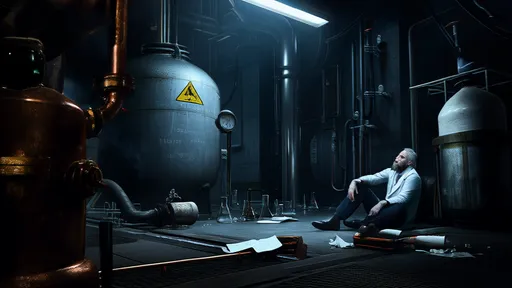The story of lithium-ion batteries reads like a classic tale of scientific triumph - except for one heartbreaking footnote. While three brilliant researchers received Nobel Prizes for their contributions to this revolutionary technology, the man who arguably laid the foundation for their work died without recognition, his patents expired, and his name nearly forgotten by history.
John Goodenough, Stanley Whittingham, and Akira Yoshino made headlines in 2019 when they shared the Nobel Prize in Chemistry for developing lithium-ion batteries. Their work indeed transformed modern life, powering everything from smartphones to electric vehicles. But missing from this celebration was Michael Stanley Whittingham's predecessor - the original "lithium battery pioneer" whose patents had already lapsed by the time the technology changed the world.
The overlooked figure is M. Stanley Whittingham's own doctoral advisor, Professor Robert Huggins of Stanford University. In the 1960s - a full decade before Whittingham's breakthrough - Huggins had already demonstrated the critical concept of lithium-ion intercalation in battery electrodes. His laboratory notebooks show meticulous records of experiments with layered materials that could reversibly host lithium ions, the very mechanism that makes modern lithium batteries possible.
What happened next reveals the cruel timing of scientific progress and patent law. Huggins filed several patents through Stanford in the early 1970s, but the university's technology licensing office - still in its infancy - failed to aggressively commercialize them. When the patents expired in the early 1990s, just as portable electronics created massive demand for rechargeable batteries, the intellectual property had entered the public domain. Corporations built fortunes using his concepts without paying royalties.
Meanwhile, Whittingham (who had studied under Huggins) developed the first functional lithium battery at Exxon in the 1970s. Goodenough then improved the cathode material in 1980, and Yoshino created the first commercially viable product in 1985. All three built directly upon Huggins' fundamental work about lithium intercalation, yet by the time the Nobel Committee looked back at the technology's origins, the trail seemed to begin with Whittingham's Exxon research.
The tragedy deepens when examining Huggins' career. Unlike his Nobel-winning successors, he never sought the spotlight. Colleagues describe a modest, deeply curious scientist who cared more about advancing knowledge than claiming credit. He continued publishing groundbreaking battery research into his 80s, even as his early contributions faded from collective memory. When journalists asked about being overlooked for the Nobel, he reportedly smiled and said, "The work itself was reward enough."
This story raises uncomfortable questions about how science attributes credit. Patent systems reward those who commercialize discoveries, not necessarily those who make the foundational breakthroughs. Nobel Prizes tend to recognize discrete inventions rather than incremental contributions spread across decades. And academic culture often values new findings over rigorous documentation of intellectual lineage.
Huggins' experience also highlights the precarious nature of university technology transfer. Stanford would later become famous for profiting from innovations like Google, but in the 1970s its licensing office lacked the resources and expertise to properly manage early battery patents. By the time administrators realized their value, it was too late to renew them.
The lithium battery patent tragedy isn't unique. History brims with examples of pioneers who missed out on fame and fortune while later developers reaped the rewards. What makes Huggins' case particularly poignant is how directly his students and their students benefited from his insights, creating an unbroken chain of discovery that the Nobel spotlight failed to fully illuminate.
Today, as lithium-ion batteries power the renewable energy revolution, Huggins' legacy lives on in every electric vehicle and grid storage installation. Some colleagues have launched belated efforts to secure his place in history, nominating him for prestigious awards and documenting his foundational role. But for a man who cared more about electrons than accolades, perhaps the greatest tribute is the technology itself - humming quietly in billions of devices, changing the world just as he envisioned.
In the end, the story of lithium-ion batteries contains both inspiration and caution. It celebrates human ingenuity's power to solve pressing problems, while reminding us that the systems for recognizing innovation remain imperfect. As we benefit from these remarkable energy storage devices, we might pause to remember not just the Nobel laureates, but all the scientists whose contributions - patented or not, celebrated or forgotten - made our battery-powered world possible.

By /Jul 2, 2025

By /Jul 2, 2025

By /Jul 2, 2025

By /Jul 2, 2025

By /Jul 2, 2025

By /Jul 2, 2025

By /Jul 2, 2025

By /Jul 2, 2025

By /Jul 2, 2025

By /Jul 2, 2025

By /Jul 2, 2025

By /Jul 2, 2025

By /Jul 2, 2025

By /Jul 2, 2025

By /Jul 2, 2025

By /Jul 2, 2025

By /Jul 2, 2025